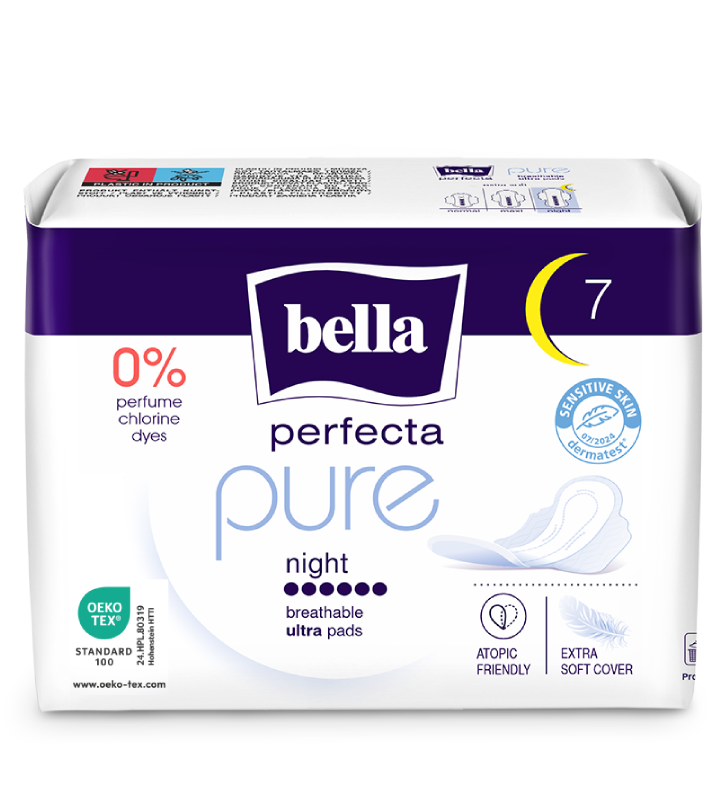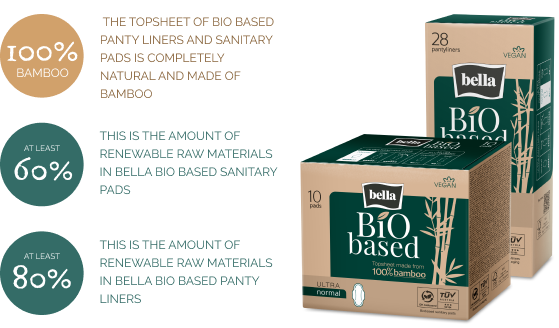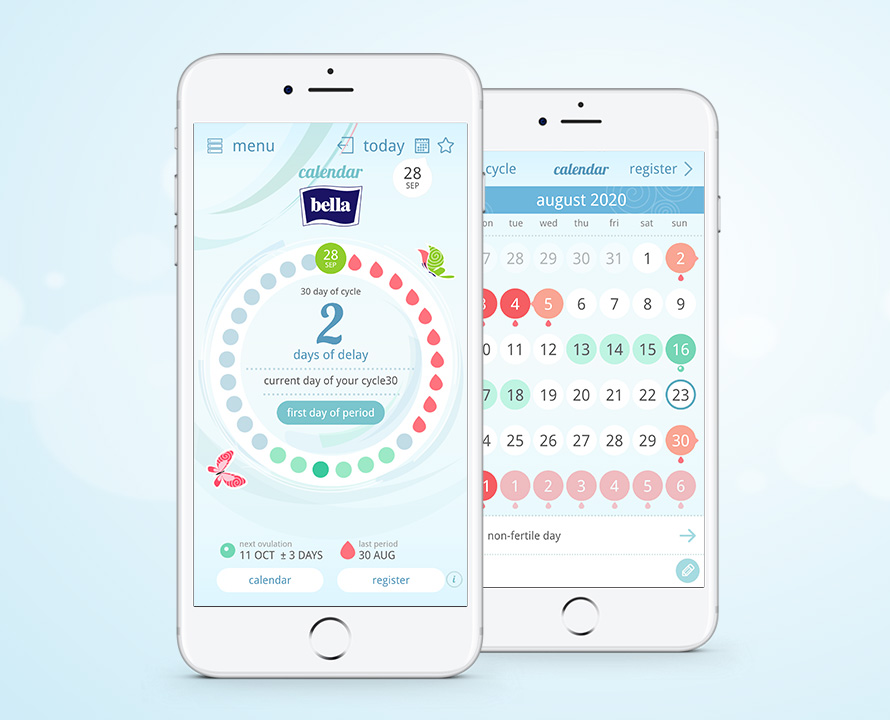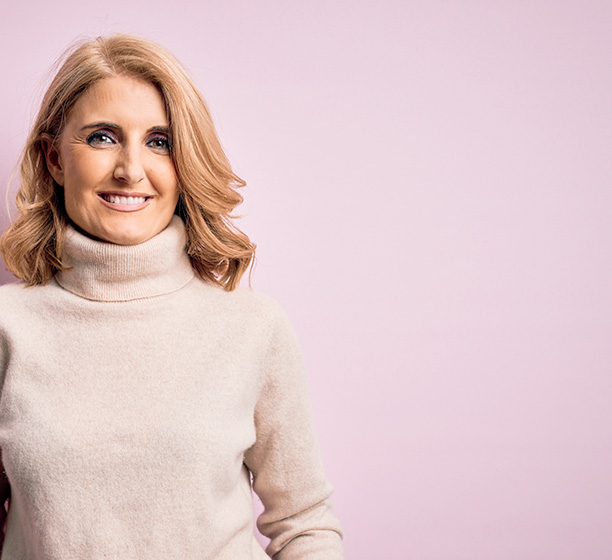 konfigurator
konfigurator
 Products
Products



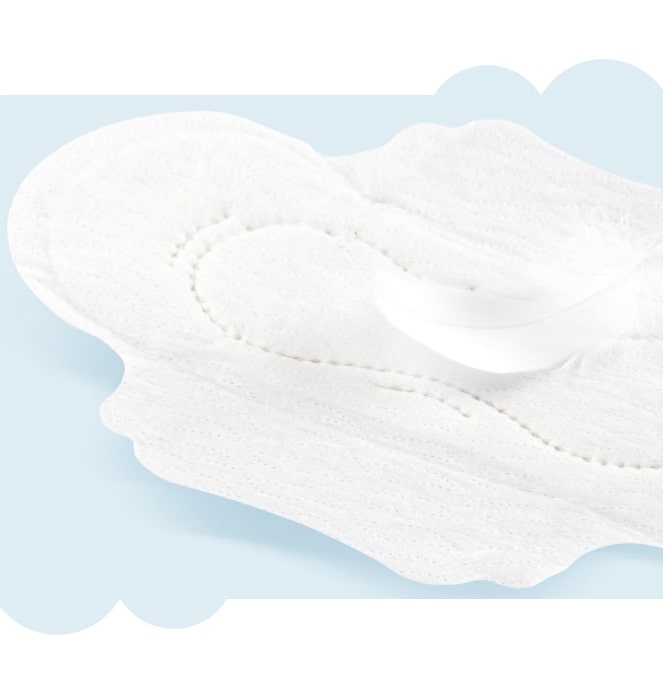
just pure

Our goal
You are unique and have unique needs, which is why we created ultra-thin sanitary pads that are perfect for every type of skin, even the most sensitive and atopic. We believe that gentleness can go hand in hand with effectiveness.
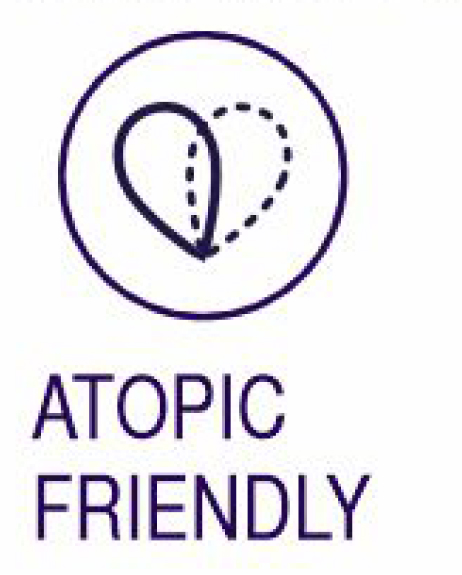

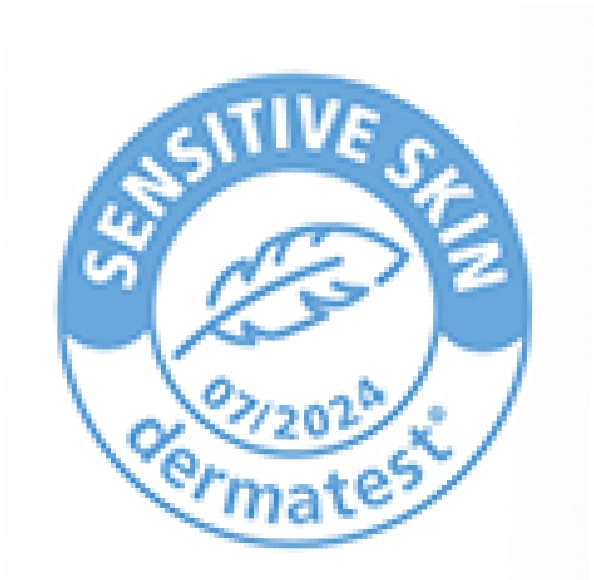
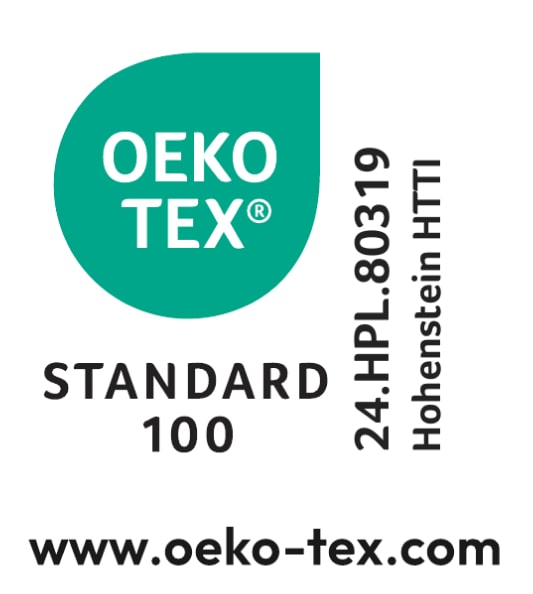



Pure perfection








Ultra-thin sanitary pads
Ultra-thin Bella Perfecta Pure sanitary pads are designed to meet the differentiated needs of women. They are free from dyes, perfumes, chlorine, and potentially irritating ingredients, minimizing the risk of irritation and allergies while offering exceptional absorbency.





They have been tested by independent external laboratories, ensuring the highest quality and safety for you and your skin.


Gentle for you and your
skin

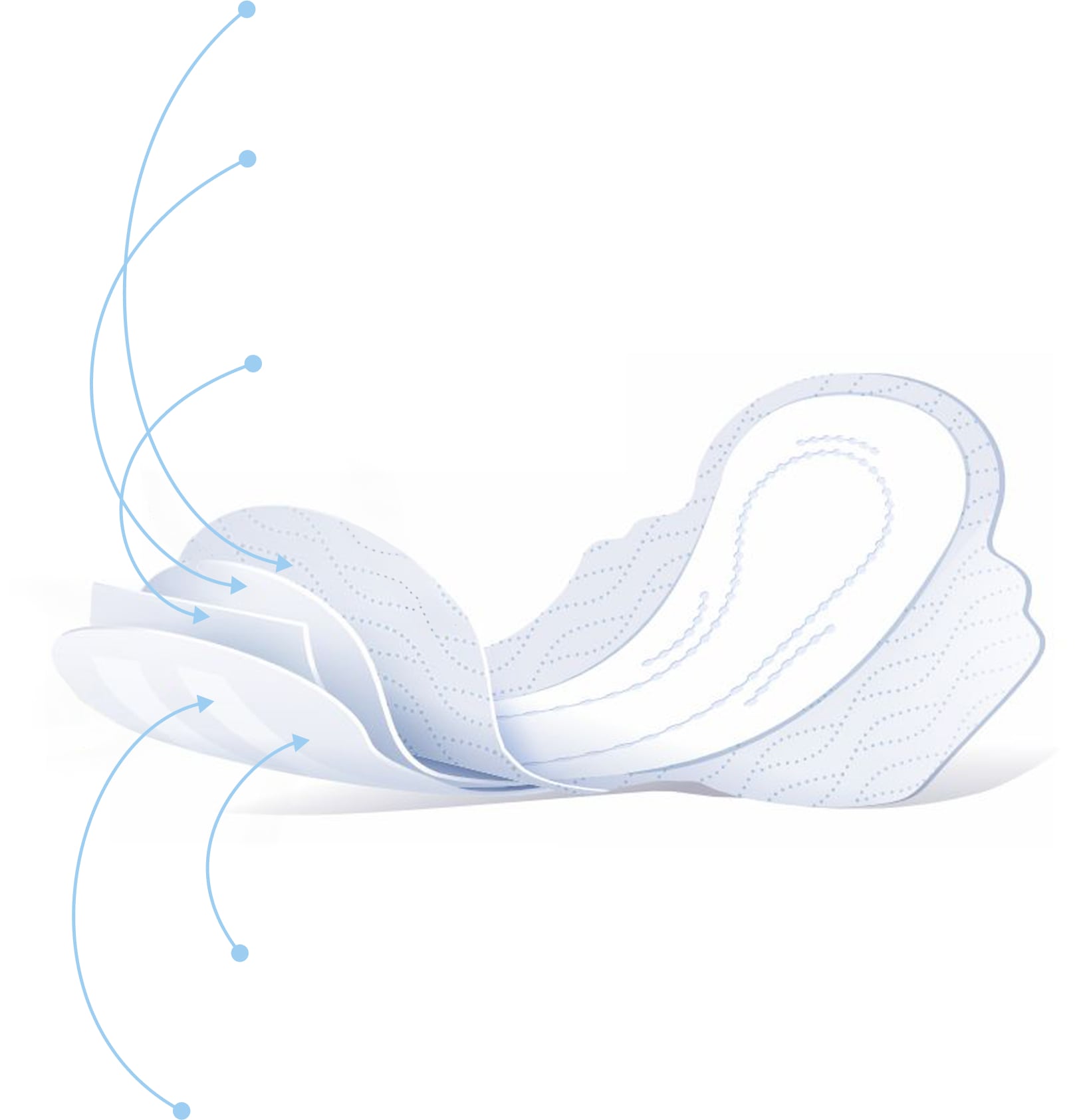





AD
Atopy is the tendency to cause allergic reactions. One of the most common diagnoses for people with atopy is AD, or atopic dermatitis.
People with sensitive skin often need gentle, non-irritating products that do not lose their effectiveness. And that is why we have created bella Perfecta Pure.
effective, absorbent and gentle

Facts and myths aboutAD
Developed, among other sources, on the report "Sytuacja osób dorosłych chorujących na atopowe zapalenie skóry w Polsce"
AD is the result of poor hygiene

Atopic dermatitis is not related to poor hygiene. It is an inflammatory skin condition caused by a complex interplay of genetic, environmental, and immunological factors. Even people who maintain excellent hygiene can suffer from atopic dermatitis.
AD is an infectious disease
Atopic dermatitis is a chronic, allergic, and inflammatory condition, but it is not contagious. It results from genetic and environmental factors, rather than bacterial or viral infections that could be transmitted between people.

AD can be completely cured
Atopic dermatitis is a chronic condition, meaning there is no definitive cure. However, symptoms can be effectively managed through proper skin care, using gentle materials that do not irritate the skin, following prescribed medications, and avoiding irritants such as strong detergents and cosmetics with dyes and fragrances.

People with AD should avoid frequent baths
Regular bathing can be beneficial for people with atopic dermatitis, provided appropriate moisturisers are used and irritating washing products and hot water are avoided.

AD is a purely genetic disease and is not related to environmental factors
Atopic dermatitis is a complex disease and results from both genetic influences and environmental factors, damage to the skin barrier or disorders of the immune system. Lifestyle, diet, air pollution and other environmental factors can influence the development and severity of the disease.

Developed, among other sources, on the report "Sytuacja osób dorosłych chorujących na atopowe zapalenie skóry w Polsce"

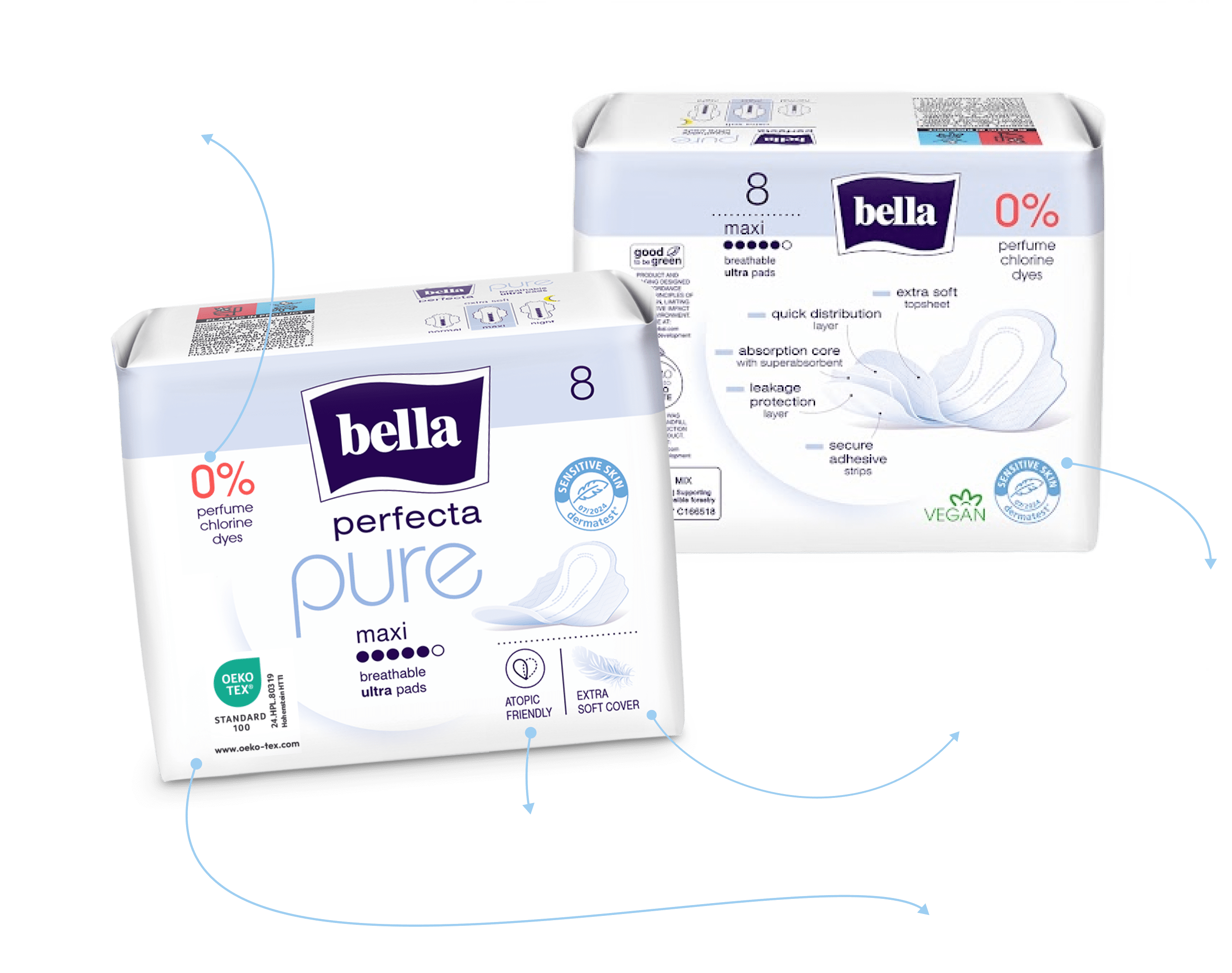
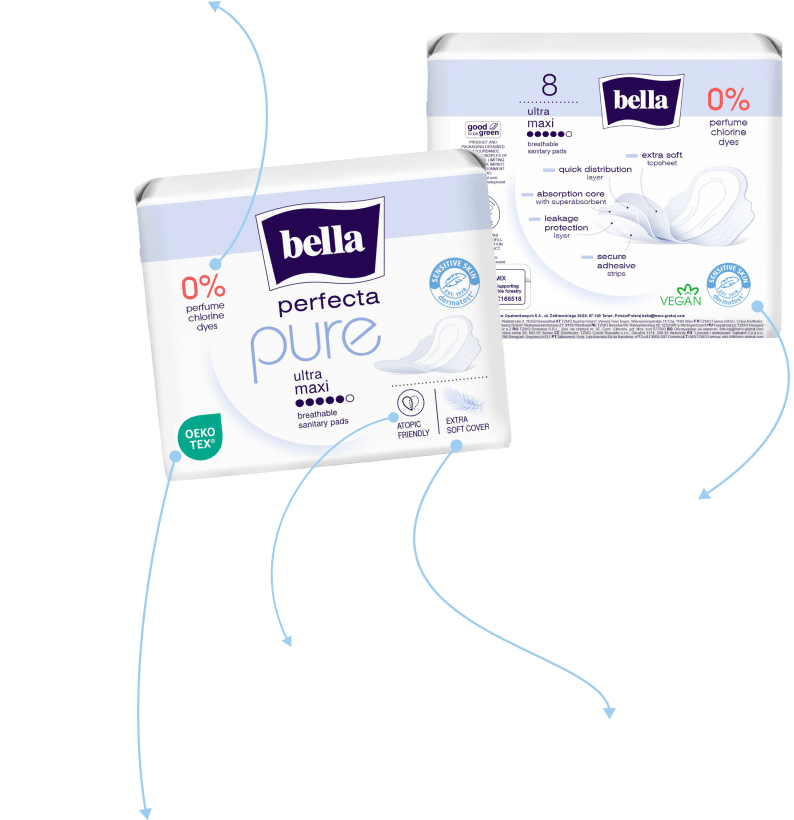


perfume, chlorine, dyes

gentleness, safety

FAQ
Are the sanitary pads bleached with chlorine?
Bella products are made using cellulose bleached with the ECF method, which means without the use of elemental chlorine. This is a safe and commonly used method. Our products have been tested for microbiological, dermatological, and chemical safety.
Bella Perfecta Pure sanitary pads are completely free of chlorine compounds, as the cellulose used in their production is bleached using the TCF (Totally Chlorine Free) process, which is entirely chlorine-free.

Why are sanitary pads bleached?
Bleaching involves cleaning fibers of natural impurities to prepare the material for production. In the bleaching process of the cellulose used in bella Perfecta Pure products, we use hydrogen peroxide, while for other pads, we use the ECF method, which means no elemental chlorine is involved.

Have the products been tested? By whom? Are they good for people with AD?
Our products are tested by independent certifying organisations such as DERMATEST or OEKO-TEX. Dermatest® certified products ensure maximum effectiveness and excellent skin tolerance. The bella Perfecta Pure sanitary pads were tested on a group of people with atopic skin, who confirmed these properties. The sanitary pad does not contain any substances that could potentially irritate the delicate skin of menstruating people with atopic dermatitis.

Can sanitary pads irritate the skin?
We make every effort to ensure that our products meet stringent standards and verify this with independent experts. Our products are certified by DERMATEST – Dermatest®, an independent dermatological institute, which provides maximum assurance of their safety.
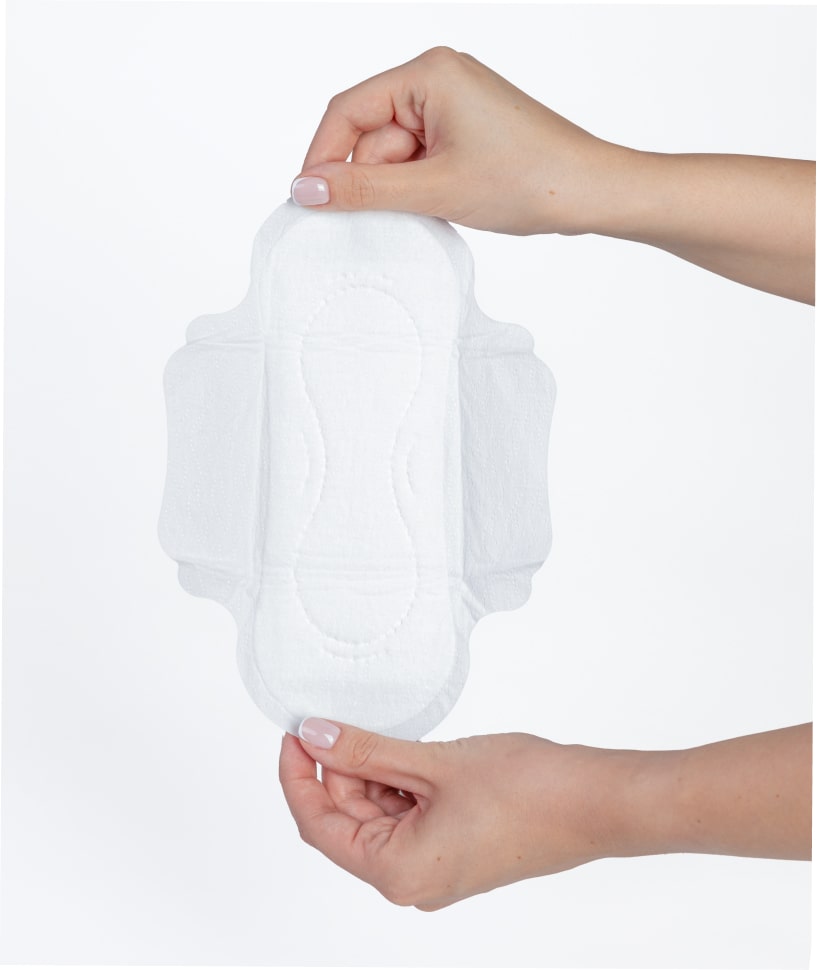
 Polski
Polski Angielski
Angielski Rosyjski
Rosyjski Czech Republic
Czech Republic India
India Lithuania
Lithuania Germany
Germany Romania
Romania Słowacja
Słowacja Ukraine
Ukraine Hungary
Hungary Austria
Austria Bułgaria
Bułgaria

